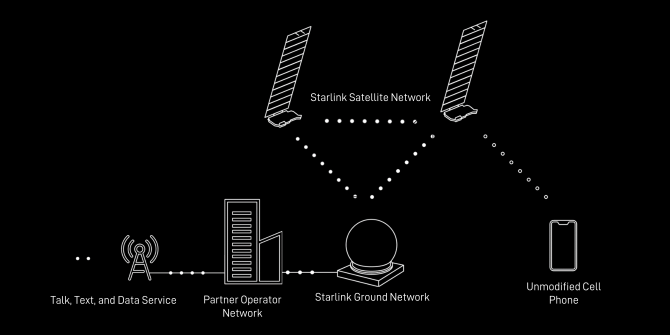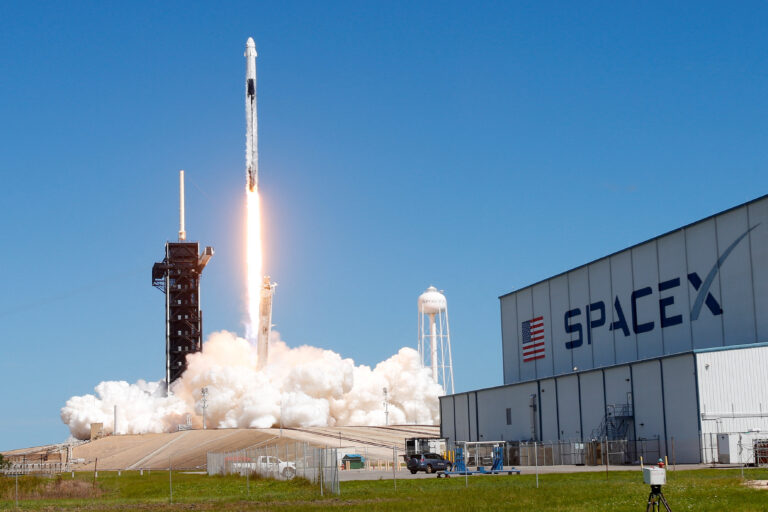SpaceX is requesting that their proposal to provide cellular service be “expeditiously granted” by the FCC.
In just a few years, SpaceX has gone from being the world’s smallest satellite operator to the largest in the world thanks to the unmatched success of the Falcon 9 rocket. The company wants to expand beyond its Starlink internet service and provide cellular connectivity; concerns about potential interference from this kind of service have been raised, but SpaceX recently submitted a 16-page analysis to the Federal Communications Commission (FCC) arguing that these concerns are unfounded. In order to proceed, SpaceX needs the FCC’s approval.
Among other things, the FCC is responsible for making sure that wireless signals in the United States do not interfere with one another; in the case of cellular service, this is achieved by licensing blocks of spectrum in particular geographic areas. A number of businesses have voiced concern about the possibility that SpaceX’s orbiting cell towers will interfere with licensed activities; in response, the FCC requested further details from the company regarding how its proposed cellular service would operate, including whether or not it would be able to shut off satellites that interfere in the 1.91 to 1.995 GHz band.
First, the company emphasizes that interference from Starlink would be “unforeseen and unlikely.” It also states that Starlink has carefully planned the direct-to-cell system with phased array antennas and efficient beam-planning software that can limit the impact on terrestrial networks. Starlink can also prevent unauthorized phone use outside the prescribed service area, according to the document, which you can read in its entirety courtesy of the FCC.

The document includes several simulations of the expanded Starlink network, demonstrating how SpaceX can dynamically adjust the network to shield other satellite operators. Nevertheless, SpaceX affirms that Starlink is designed so that any portion of it can be turned off. “SpaceX’s direct-to-cell network and topology software can re-plan the network in near real-time, allowing it to quickly cease operations by all satellites and over any number of geographic areas,” the document reads.
Initially, the direct-to-cell service would only offer text messaging, but SpaceX hopes to expand to voice and data via satellite as early as 2025.
Apple was the first to launch Emergency SOS on the iPhone 14 with partner Globalstar; Android users were supposed to get a similar feature from Qualcomm, but the company’s Snapdragon Satellite was recently canceled before any phones were released. SpaceX hopes to persuade the FCC to approve its plans to offer cell service next year. The company previously announced a partnership with T-Mobile to provide service in remote areas that are otherwise unserved.

